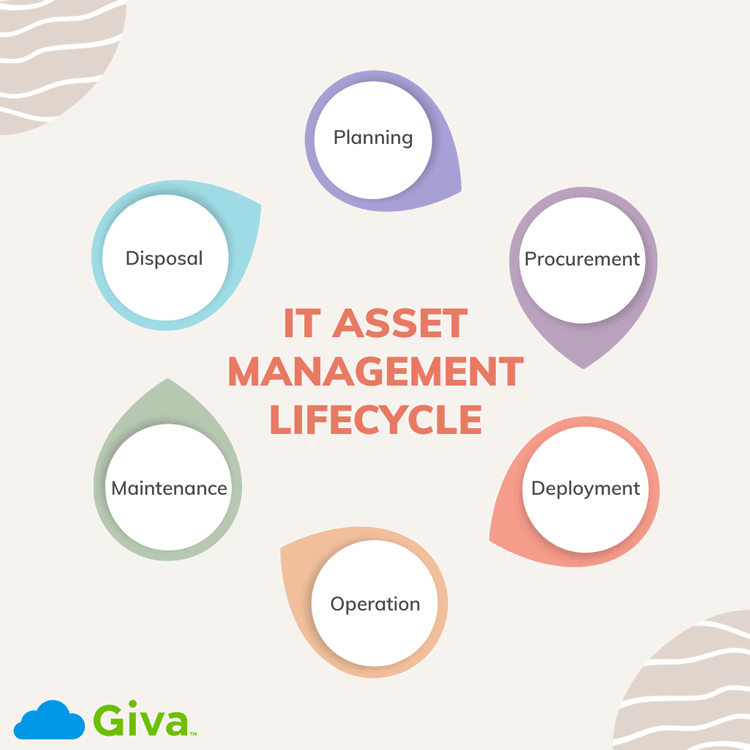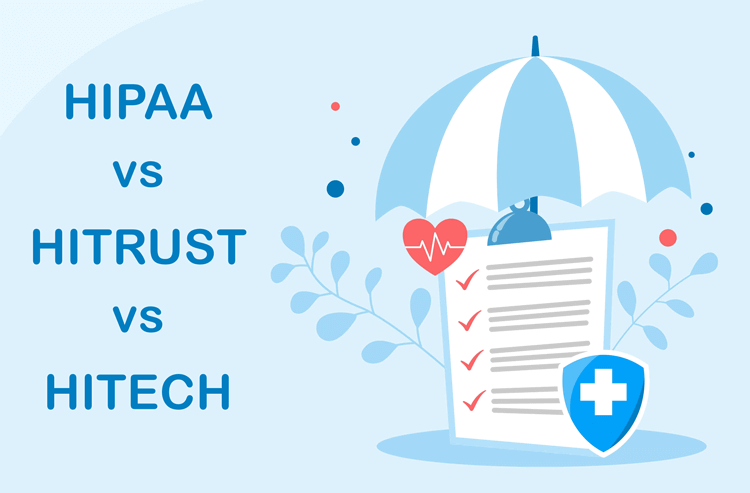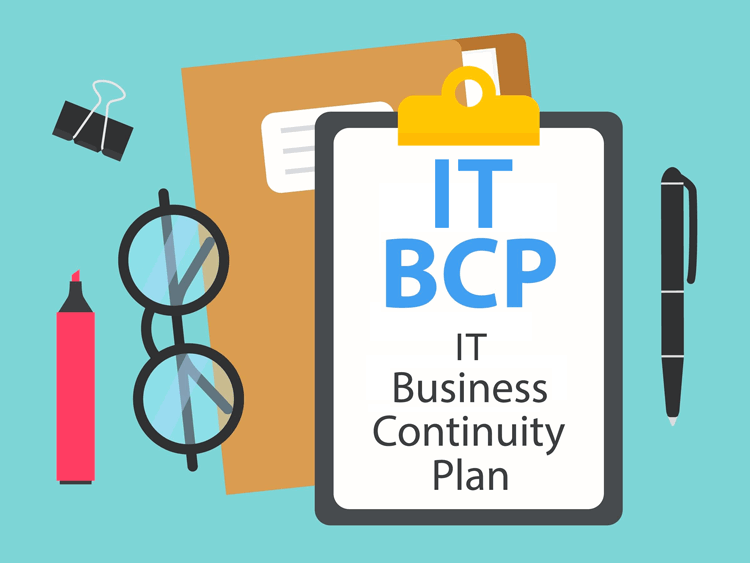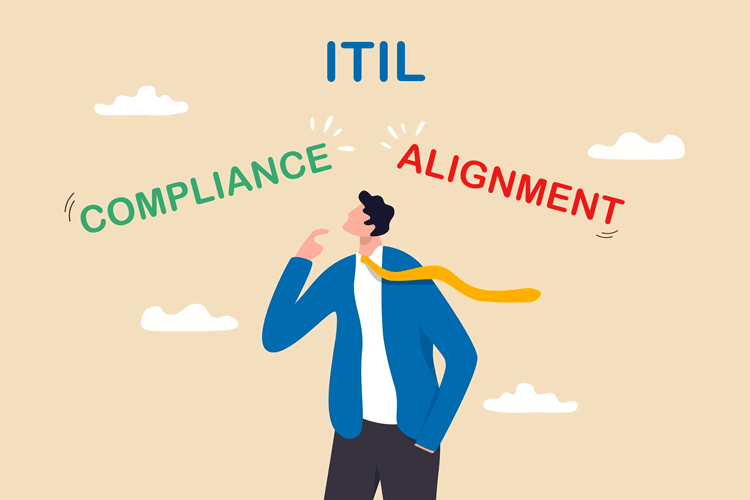What Do CIOs Face Today? Top IT Challenges CIOs Care & Worry About
Many medium to large-scale businesses have dedicated Chief Information Officers, or CIOs for short. These individuals are typically in charge of technical processes related to IT and managing data flow and storage. Smaller organizations may also have an individual in charge of these areas, but it may not be their first or only priority.
In recent times, CIOs have faced many challenges. These hardships are generally driven by a power struggle, not between people, but rather around responsibilities. Do they manage traditional IT functions like hardware fixes and software updates or do they drive the transformation of technology in the workplace to remain efficient and competitive? With cyber risks at an all-time high and customers being as demanding as ever, finding a balance between IT function and digital transformation are critical to becoming a forward-thinking organization.









